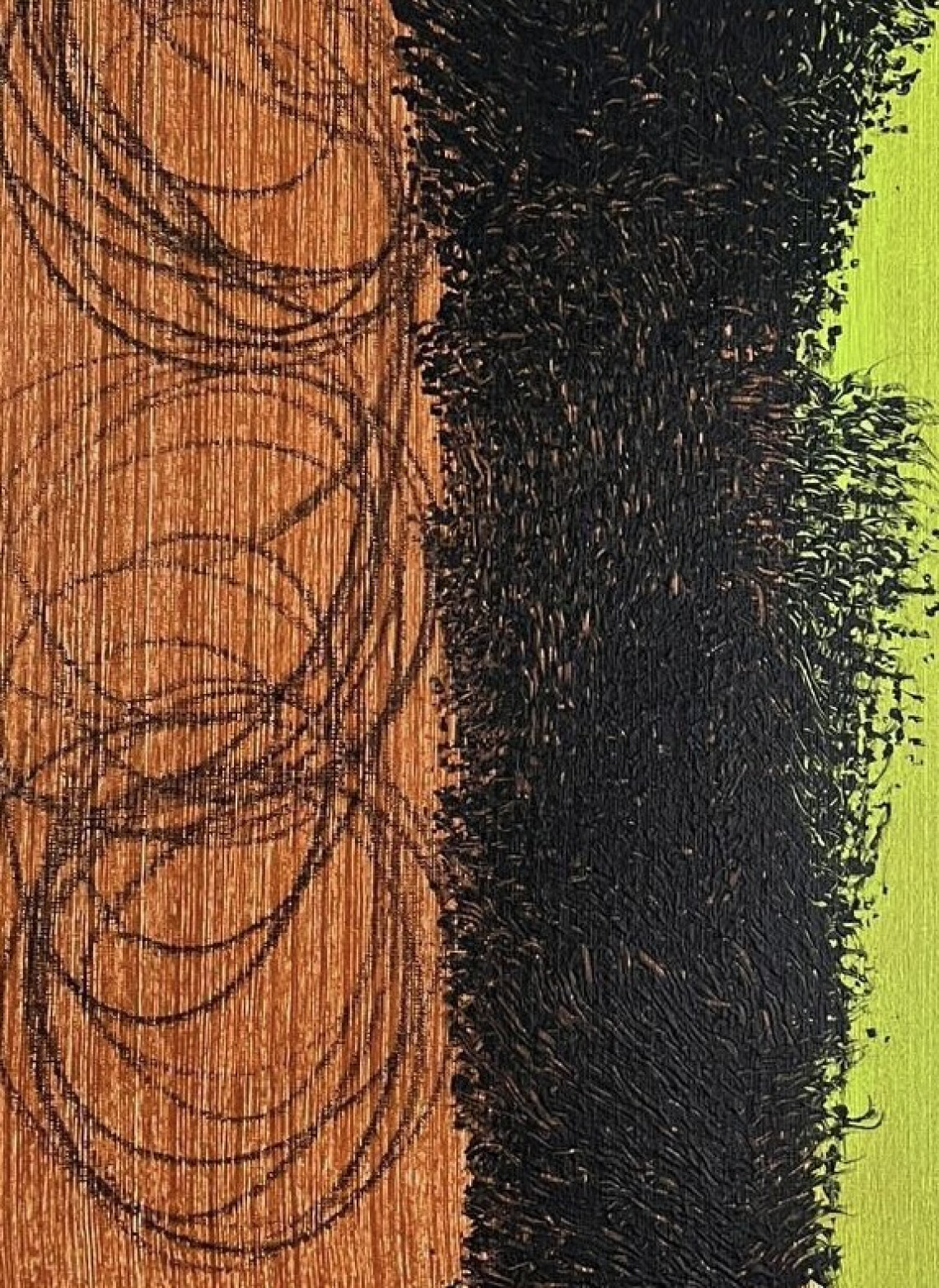Hans Hartung

Hans Hartung
Hans Hartung was born in 1904 and died in 1989. He was a German-naturalized French painter and one of the fathers of abstraction and tachism.
Between the ages of eight and ten, when he lived in Basel with his parents, Hans Hartung became curious about astronomy and photography, but already had a penchant for drawing which was to become more pronounced during his classical studies at the Dresden High School. On his notebooks, he traces in 1922 his first abstract drawings, thus elaborating the basic elements of his graphic language, to which he immediately finds a pictorial equivalence with his watercolors " tachistes " of the same year and confirmed in his large square drawings in black chalk or blood from 1923.
Spontaneously because he was unaware of the existence of the first "abstracts", the young autodidact had established the bases of his particular dynamic expression. Hartung studied philosophy and art history at the University of Leipzig, attended the academies of fine arts in Dresden and Leipzig, where he acquired technical knowledge which he later deepened in Munich with professor Max Doerner. He had the revelation of the old masters at the Dresden museum: Holbein, Cranach, Greco, Hals, Rembrandt, of which he had already made copies of drawings or engravings, as he had painted one of his first small canvases in 1921 after a reproduction of Goya’s Shootouts.
At the same time as he painted, Hartung continued to draw, performing countless pencils and pastels, and at several times (1928, 1938) also devoted himself to engraving, showing himself master of all techniques of copper, but especially in lithography (from 1946), whose flexibility he appreciated. He also practiced photography and collected considerable material, sometimes used in the development of his paintings. The first exhibition of his photographs took place in 1977 at the Noroit Centre, Arras.